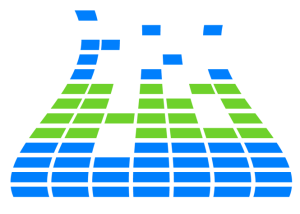How - Getting Ready For PAVE
Clearing the Decks
When embarking on a Productivity Journey, you may have chosen to target your current phase, some of, or all the phases. You may also have chosen a minimalist journey or a thorough journey.
Now, you face the problem of 'clearing the decks,' getting started and not getting trapped in the problems described in the The Challenge of Increasing Productivity lesson.
Quite clearly, the more phases you intend to install, the more prerequisites you are likely to have to clear.
Getting Ready for PAVE is designed to give you an overview of what prerequisites need to be completed before they are able to complete a rapid transition through their PAVE installation.
It is recommended that you have completed a Health Check before proceeding with this lesson.
This lesson will help you to determine:
- Whether you are ready to implement PAVE (or what you still need to do to be ready for PAVE); and
- How to get started on your PAVE installation journey
This lesson assumes you are planning to implement PAVE, a Phase Seven productivity Improvement. You may also be planning to implement Phase Eight as well.
- Phase Seven - Constraint Management, “Getting More Control Over Your Workload”
- Phase Eight - Buffer Management, “Managing 'At-Risk' Jobs Before They Cause Damage”
Currently, Clearing the Decks (also known as Prep Days) is a facilitated process lasting five to 10 days, either in immediate succession or spread over a few weeks.
This subject is intended as an guide to help you, a PAVE customer, carry out a self-lead clearing process (prep days).
There are six objectives for PAVE Prep Days:- The pre-install process is fast, and intuitive
- The client has pre-tested or co-authored the key changes to occur in their business.
- The client has made the necessary resources available.
- The client has identified the training requirements for (both pre- and post-install).
- The client has determined for which phases they need support of a WiseService Partner
- The client has partitioned the Journey into a series of safe harbour implementations
